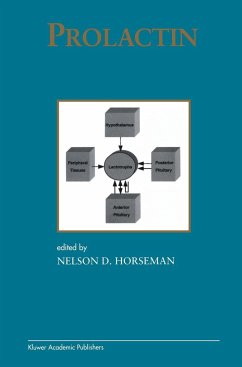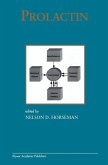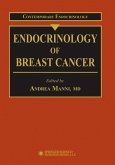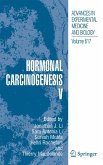It is an authentic privilege to have the opportunity to assemble and edit a new volume on "Prolactin," the first in several decades to be devoted to this fascinating hormone in all its aspects. The obvious clinical rationale for understanding prolactin (PRL) is the frequent occurrence of prolactinomas, the most common type of pituitary tumor. Fortunately, medical management of prolactinomas can be based on our under standing of the physiology of hypothalamic control of the lactotroph. Armed with this knowledge, therapies for proiactinomas are highly successful and well tolerated. Be cause of the historical and practical importance of knowledge regarding the hypothala mus-Iactotroph axis, the first chapters of this volume are dedicated to reviewing the physiology, development, and cell biology of lactotroph regulation. Chapters focusing on prolactinomas and related clinical issues follow these. PRL is the primary hormone that is responsible for "parental care" in many verte brate species. This reproductive strategy is not unique to mammals, but it has devel oped through evolution to be the central distinguishing feature of the mammalian life cycle. Among the mammals, mice have become the most effective research species in recent years. This can be traced to the development of a wide range of methods for manipulating mouse genetics, and thereby influencing development, physiology and behavior. Mice also provide a profound illustration of the physiological challenges faced in maternity. Female mice undergo a post-partum estrous, and often are both pregnant and lactating simultaneously.








